Product Management News
Medium
284

Image Credit: Medium
Old Choices, New Chaos Ahead
- Legacy decisions, undocumented button styling, and outdated color token systems are causing chaos in product development.
- Product debt, built up from neglected design and user experience evaluations, is hindering progress and leading to clunky interfaces.
- Deferred choices, unresolved bugs, and delayed fixes are accumulating over time, impeding user satisfaction and creating workarounds.
- The gradual decline of platforms is attributed to a reluctance to re-evaluate past decisions and address accumulating technical and design issues.
Read Full Article
17 Likes
Link In Bio
161

Image Credit: Link In Bio
How Wimbledon makes their "Overheard" videos
- Wimbledon's Instagram account has posted 373 times over the past week, gaining over 300K followers during the tournament.
- The Wimbledon social team has been consistently posting about 50 times per day on average since the tournament started on June 30th.
- The newsletter will cover topics such as how Wimbledon creates their 'Overheard' videos, five post formats to try, the importance of multitasking in videos, a recommended tech show for sponsorship, and tips on finding a creator for brand accounts.
- For those seeking social media job opportunities, Chipotle, New York Philharmonic, and L.A. Taco are hiring for various social media roles, with the Link in Bio Discord also being highlighted as a platform for job seekers.
Read Full Article
9 Likes
Medium
374

Image Credit: Medium
Shift How You Think
- Product thinking emphasizes building products that drive meaningful behavior change for customers and create long-term business value.
- Product thinking encourages teams to focus on impact rather than just shipping features, measuring success by behavior change rather than feature delivery.
- Key tips for practicing product thinking include putting the customer at the center, working as a team to discover and deliver, visualizing ideas, thinking like a scientist, and making continuous discovery a habit.
- Shifting to product thinking requires a change in mindset and habits, emphasizing learning, testing, and refining to meet customer needs effectively.
Read Full Article
22 Likes
Medium
153

Image Credit: Medium
The RAG Revelation: When Your Proof of Concept Answers Back
- The article discusses a moment of realization when a hacky prototype, named RAG (Retrieval Augmented Generation), successfully answered questions using fake documents.
- The prototype demonstrated understanding rather than just keyword matching, indicating potential for a knowledge-aware assistant grounded in actual documents.
- The success of the prototype validated the concept of contextual intelligence and highlighted the importance of starting with core intelligence in building AI products.
- The author reflects on the significance of the RAG prototype's success in paving the way for future development despite its initial limitations and lack of real data.
Read Full Article
8 Likes
Discover more
- Programming News
- Software News
- Web Design
- Devops News
- Open Source News
- Databases
- Cloud News
- Operating Systems News
- Agile Methodology News
- Computer Engineering
- Startup News
- Cryptocurrency News
- Technology News
- Blockchain News
- Data Science News
- AR News
- Apple News
- Cyber Security News
- Leadership News
- Gaming News
- Automobiles News
Medium
70

Product Improvement — Google Pay
- Google Pay is looking to improve user engagement by enhancing its application.
- Core users include individuals with bank accounts, both regular users and businesses.
- High volume users face challenges like tracking expenses and making wrong payments.
- Proposed solutions include an expense checker, goal tracker, payment reminders, and a wallet manager.
Read Full Article
4 Likes
Productcoalition
131

Image Credit: Productcoalition
👋 Our Slack is Saying Goodbye – Here’s What’s Next
- Slack community is shutting down on June 30th, 2025, making way for ProductCoalition.com on Substack.
- Slack served as a starting point for Product Coalition but has become more link-focused than a community hub since 2020.
- ProductCoalition.com on Substack aims to foster deeper conversations, collaboration, and creativity with features like thought leadership, job opportunities, and daily community themes.
- The new digital platform will host various activities throughout the week, including resume sharing, job postings, learning sessions, and community interactions.
Read Full Article
7 Likes
Medium
150

Image Credit: Medium
Product Makers: From Vibe Coding to Production with AI
- The shift towards using AI tools for building real, production-grade software is giving rise to a new kind of builder known as the Product Maker, who doesn't fit into traditional roles but understands software and user experience.
- Product Makers employ 'vibe coding', working alongside AI tools to quickly translate design intent and user flows into functional code, reducing friction and enabling rapid idea realization.
- Although working in cross-functional teams remains essential for product development, Product Makers can now test ideas, prototype features, and propose solutions with real code before involving the full team, leading to better alignment and time efficiency.
- The use of AI tools, like those mentioned, empowers Product Makers to not just manage features but build them, leveraging these tools to interact with modern product building blocks, debug, test, and ship software effectively.
Read Full Article
8 Likes
Medium
119

Image Credit: Medium
AI in Traditional Enterprise Software
- Companies are increasingly measuring the number of AI features released rather than their impact, leading to unnecessary and ineffective AI implementations.
- Clients often demand AI features without understanding their actual value, viewing AI as a 'magic pill' for business efficiency.
- Effective AI implementation requires companies to deliver real value and use AI features correctly to maintain customer trust.
- Examples of failed AI implementations in enterprise software show the importance of considering deep contextual data and understanding of user needs for successful AI integration.
Read Full Article
7 Likes
Lenny's Newsletter
82
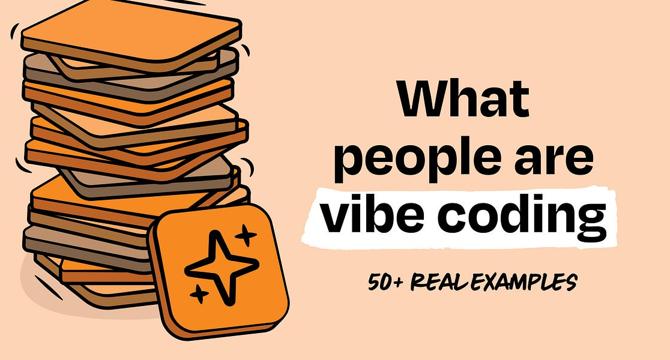
Image Credit: Lenny's Newsletter
What people are vibe coding (and actually using)
- The article discusses the trend of vibe coding and its usefulness in creating practical tools.
- Examples include a carb counter, lash tracker, personalized meal plans app, and various family-oriented tools.
- Tools mentioned were built using platforms like Replit, Lovable, Claude Code, Bolt, and more.
- Vibe coding examples ranged from health-related apps to productivity and family-focused tools.
- Overall, the article highlights the diversity and practicality of products built through vibe coding.
Read Full Article
3 Likes
Logrocket
148

Image Credit: Logrocket
A PM’s guide to calculated risk-taking
- Learn about the complexities of risk-taking in product management and the importance of risk management.
- Explore the concept of 'forgiveness over permission' and the potential consequences of daring innovation.
- Analyze a real-life case study involving AI image generation company Midjourney and repercussions of bypassing permissions.
- Discover a risk management framework for product managers to navigate calculated risk-taking effectively.
Read Full Article
8 Likes
Medium
57
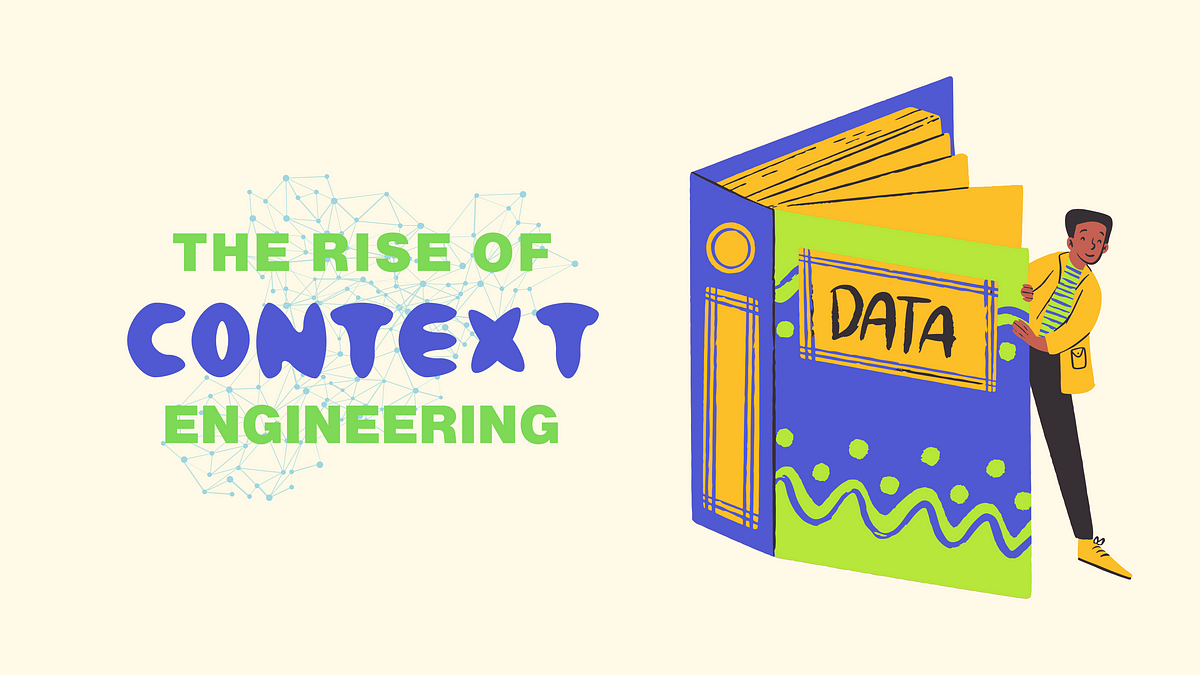
Image Credit: Medium
Beyond Prompts: The Rise of Context Engineering
- Generative AI's rise makes context engineering crucial for AI system success.
- Leaders like Shopify's CEO emphasize the shift from prompt to context engineering.
- Nine key categories of enterprise context include data, code, compliance, and more.
- Challenges include fragmentation, ownership issues, poor data quality, and lack of standards.
Read Full Article
3 Likes
Medium
666
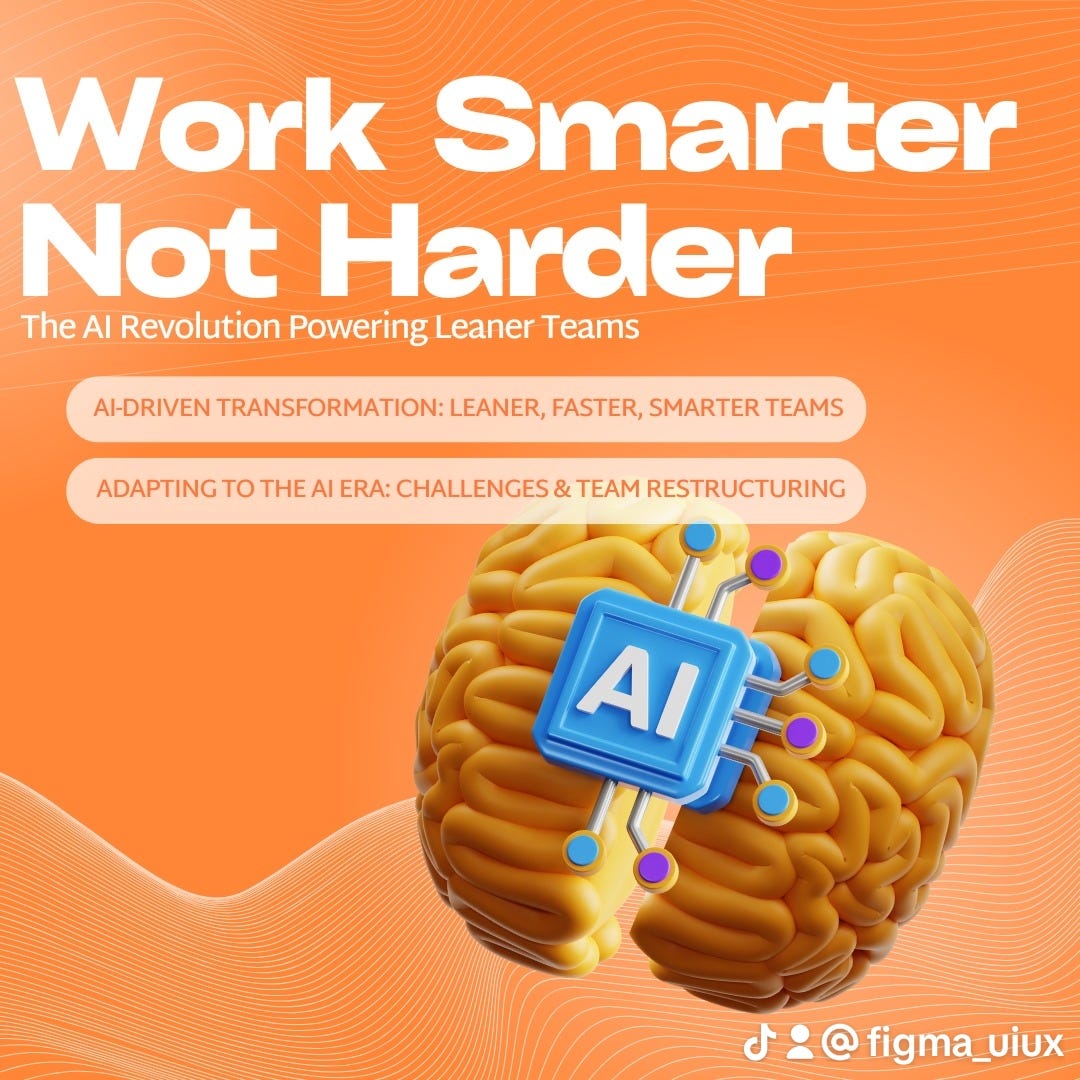
Image Credit: Medium
Can AI Enable Leaner, More Efficient Teams?
- AI is becoming a crucial asset for lean, high-performing teams by combining automation with intelligence.
- AI adoption has surged, leading to increased revenue per employee and faster task completions for developers using tools like GitHub Copilot.
- Despite the benefits, challenges like potential burnout and skill gaps exist. CEOs are warning about the risk to white-collar roles without upskilling.
- Team structures are evolving with AI driving leaner executives, data-driven managers, and automation handling admin tasks, pushing teams towards more strategic work.
Read Full Article
20 Likes
Medium
387
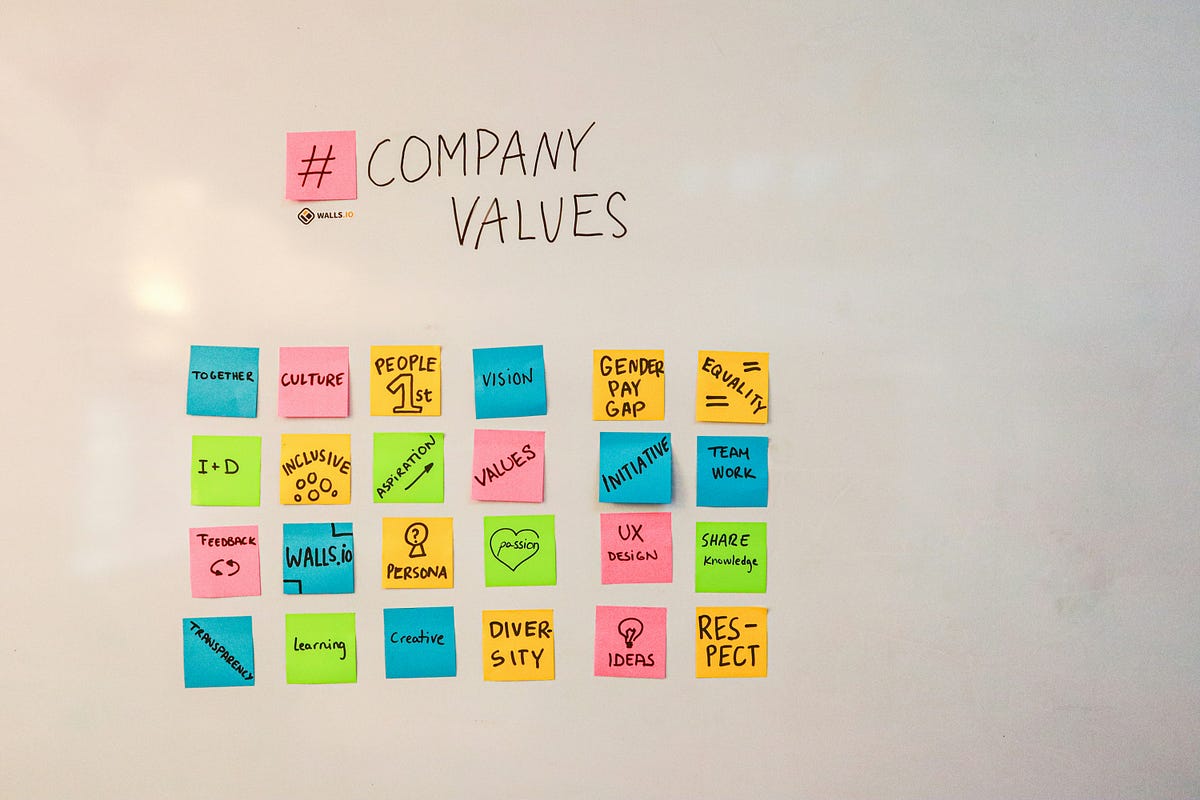
Image Credit: Medium
How Product and Sales Can Stop Competing and Start Partnering
- The article discusses the common clash between product and sales teams in B2B environments.
- Both teams often differ in their priorities which can lead to friction, with product focusing on long-term goals while sales seeks immediate wins.
- To address this conflict, the article suggests setting SMART goals, aligning strategies, maintaining transparency, and utilizing a unified tech stack.
- Collaboration through shared goals, strategies, operations, and tools can transform the relationship between product and sales teams into a partnership for growth.
Read Full Article
23 Likes
Medium
422

Image Credit: Medium
Rethinking product strategy in Hospitality Tech using GenAI
- In hospitality tech, the focus is usually on end guests rather than the operational users who rely on the systems daily.
- Product teams should consider the needs of suite admins, bartenders, and kitchen staff for a sustainable business model.
- Operational users are willing to pay for features that save time, reduce errors, and enhance efficiency, leading to increased revenue and trust.
- The integration of GenAI in hospitality tech offers automation opportunities, improves operational efficiency, and enhances decision-making.
Read Full Article
21 Likes
Medium
210
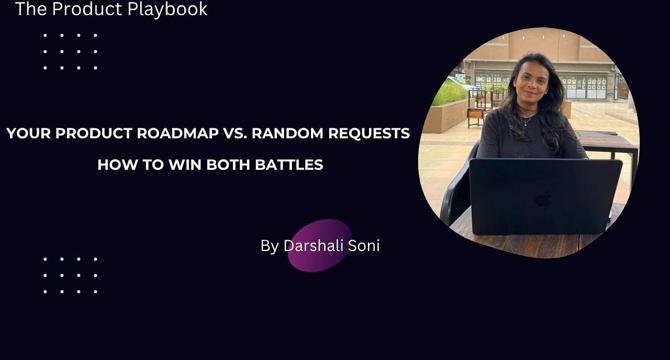
Image Credit: Medium
Your product roadmap vs. random requests — How to win both battles
- Techniques for Product Owners and PMs to manage random requests effectively.
- Start the week with 3 must-do priorities tied to the roadmap or OKRs.
- Use the DPA Technique to sort tasks into categories for efficient handling.
- Implement a block focus calendar to allocate dedicated time slots for important tasks.
- Maintain an ad-hoc task list with priorities, dates, and statuses for tracking and peace of mind.
Read Full Article
12 Likes
For uninterrupted reading, download the app